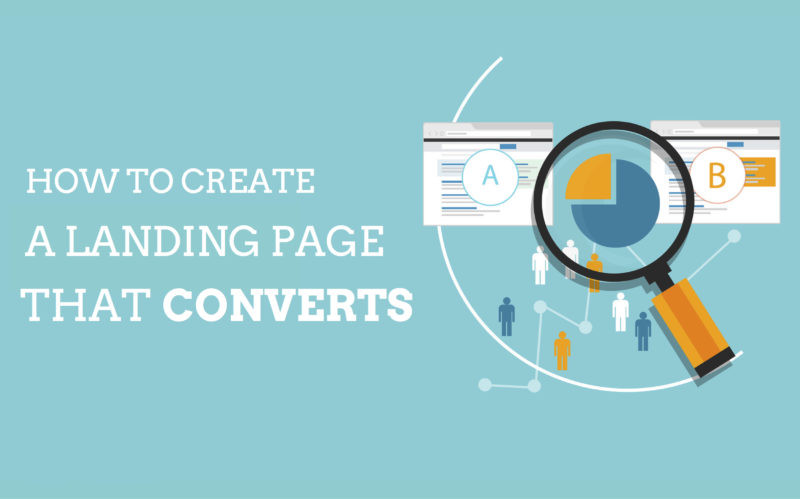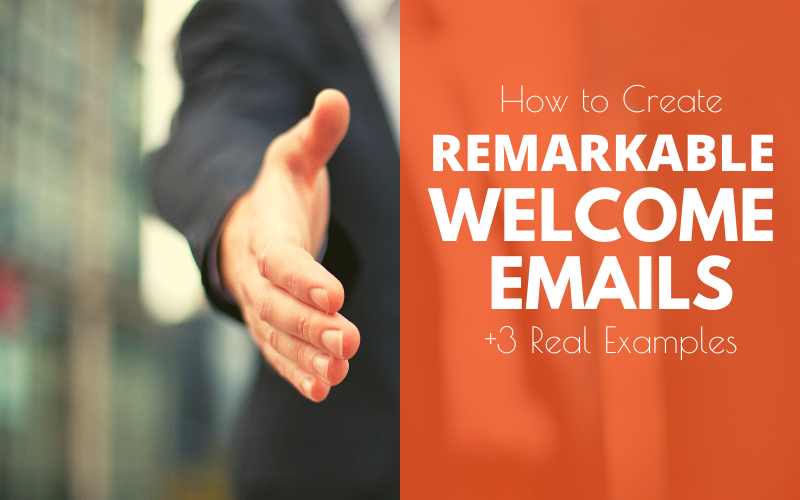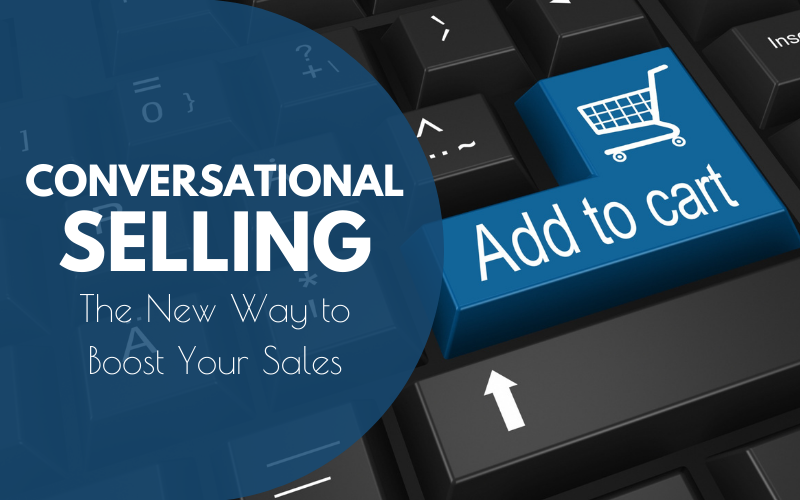Just how important are landing pages for marketing?
Probably the most crucial statistic to know is that conversion rates can increase by more than 85% when you use an optimized landing page. That number is absolutely insane! Just imagine what impact that would have if you were to create a landing page for every campaign.
In spite of this crazy statistic, only 48% of marketers use landing pages for every campaign they launch. So more than half are losing out on a huge boost in conversions because they aren’t willing to spend a few minutes using a landing page builder to get customers interested in what they have to offer. Chances are they have no idea what they are losing in the first place.
So, how do you take advantage of this new bit of information? Here are some tips to help you make high converting landing pages.
1. Know The Purpose Of The Landing Page Before You Make It
One of the first steps is just knowing what it is you intend to accomplish with your landing page. The concept of “more conversions” is pretty broad; what is a conversion to you?
For some brands it will be straight up making sales, and so generating profits. For others it will be gaining subscribers to an email list that will get them clicking through to content. Or maybe the idea is to turn a free user into a premium one, using the freemium business model so popular with startups these days.
Have a clear goal in mind, which will inform your CTA on the page, as well as your overall approach.
2. Add a Touch Of Personality, But Don’t Overwhelm Your Audience
The best and most effective landing pages are the ones that manage to convey a tone for the brand they are selling for. But you don’t want to overwhelm your audience with that tone, or it might become obnoxious, maybe even insulting.
For example, having a page that jokes around with the reader is a great way to make a connection. Especially with a group that is more prone to responding to humor in marketing, such as millennials and following generations. But if you go too far in that humor, it may begin to seem as though you are mocking the reader.
Use restraint when setting the tone and personality of your pages. Here’s a good guide into when humor converts and when it doesn’t. According to this case study, for example, humor-focused landing page worked best in terms of conversions:
use humor to connect with audience
3. The Lighter The Page, The Bigger The Response
Landing pages are meant to be quick stops on your site, aimed at a specific goal. You don’t want it cluttered with text, or a long line of images.
You will get a bigger and better result from keeping the content on the page simple and light. The easier it is to get through the info there, the more conversions you are going to see.
Make sure your landing page loads fast too. You may lose conversions simply because people were tired of waiting it to load:
Use Page Speed tool to find what’s slowing your site down. Here’s a handy checklist for you to improve your page speed.
Use Mobile-Friendly Test tool from Google to make sure your site looks good on mobile devices.
Mind your site downtime (i.e. how often your site is down). Use Uptime Report that monitors uptime on major hosting platforms.
Use Alexa’s SEO Audit tool to run customized reports on your site’s performance in 5 industry standard categories.
4. Make Your Call To Action 100% Clear
What is it you are trying to accomplish? It should be apparent within the first couple of seconds of arriving at your page, because that is all the time you have to convince your audience to give you a shot. Most people arrive at a page, skim, and click away. That is the nature of online sales, and we are all familiar with the need to catch attention fast.
So keeping this in mind, your CTA needs to be direct, easy to spot, and tell exactly what it is you want your site visitors to do. Never have more than one CTA on a landing page; keep the page focused. Landing pages should convert for one purpose, not redirect to five other places you want the customer to go.
Confuse the CTA, lose the conversion.
5. Consider a Video Clip For Visual Engagement
Videos are all the rage on landing pages. They are visual, stimulating, and easy to share. Plus, they get across your message and purpose very quickly, and in a way that is memorable for the viewer. Who can’t appreciate that? Add in the fact that human beings are hardwired to respond to moving images and colors, and you have a valuable resource built right into our DNA.
A couple of rules to follow:
If you are doing a voiceover, make sure your voice is clear and easy to understand.
Provide visuals that match your words.
Go with a professionally made video if you can afford it.
And most important, never make a long video on a landing page. It should be less than 3 minutes, if possible. Some landing pages have been posting videos that are more than ten minutes long, and no one is going to watch that. Here’s a very thorough outline of how to use video on landing pages.
Code Academy is a great example of using a video on a landing page: The video explains the site using a personal story from a user.
use video to boost engagement
6. Try Smart Testimonials or Reviews
Never underestimate the power of showcasing what others say about you or your products. Adding reviews on a landing page boosts conversions more than 35%.
Try Yotpo, the smart platform utilizing the power of user generated content to generate impressive product reviews. They use social media curation to collect reviews as well as lots of other tools to encourage on-site testimonials. You can display the handpicked reviews on your site using a handy widget.
Use social proof on landing pages.
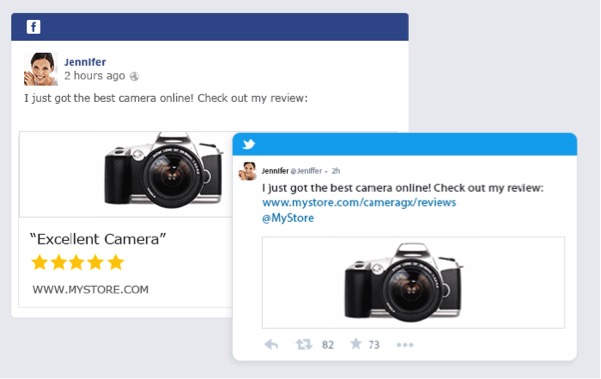
One of their most recent features is Instagram reviews, which lets you curate Instagram and publish selected updates featuring your product to your landing page:
Curate conversation on landing pages.
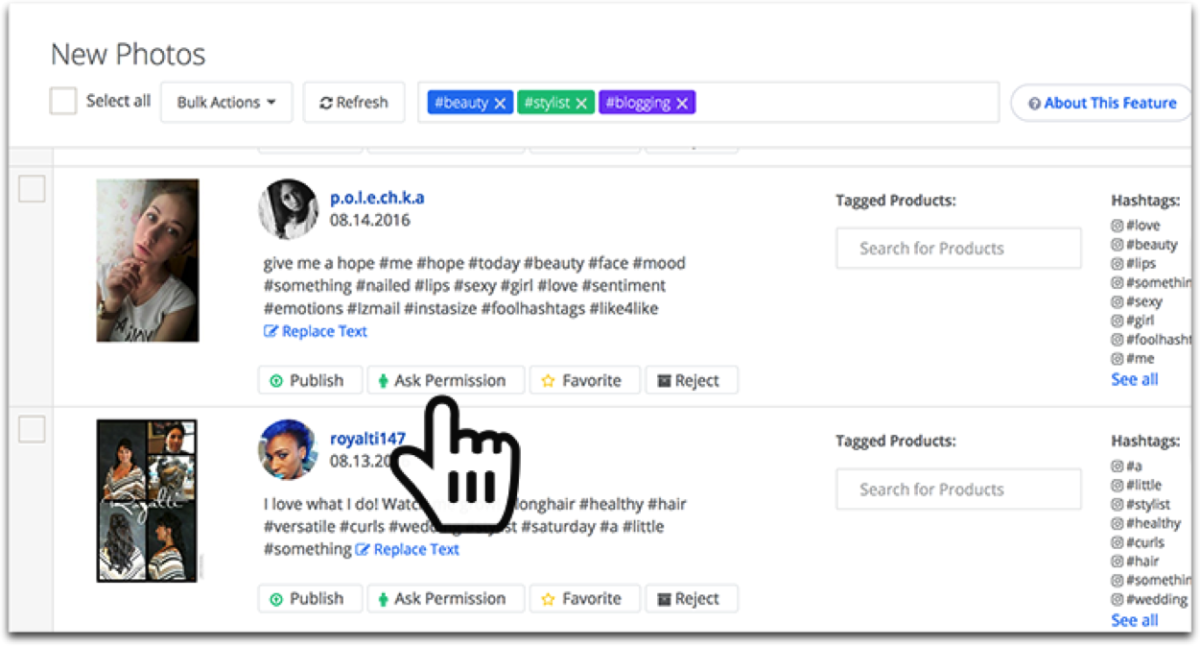
7. Never Stop Measuring and Tweaking
There’s no single recipe for conversions. You can read dozens of tips and case studies but nothing will work for you as well as your own set-up, based on your own experiments and tweaking.
There are quite a few tools allowing you to properly test and optimize your landing page:
- Unbounce lets you A/B test your landing pages properly. Here’s also a handy guide to A/B testing
- Crazy Egg lets you see where people click and how the scroll your landing page using heatmaps.
- Google Analytics will help you understand how users get to your landing page (referral paths will let you customize your message based on the user intent)
8. Be Clear In Your Message
Finally, you need to make sure you are getting the right message across. When you have limited space to work, you have a smaller window for putting together the message you want to convey. Sometimes that message might not be totally clear, or get a little muddled as you struggle to condense it. Here’s a good story telling how content becomes conversion.
You should take some time to really consider what your brand is about, and how that touches on the goal you have set for the page. By taking both into account, you can find a clear way to approach your message.

